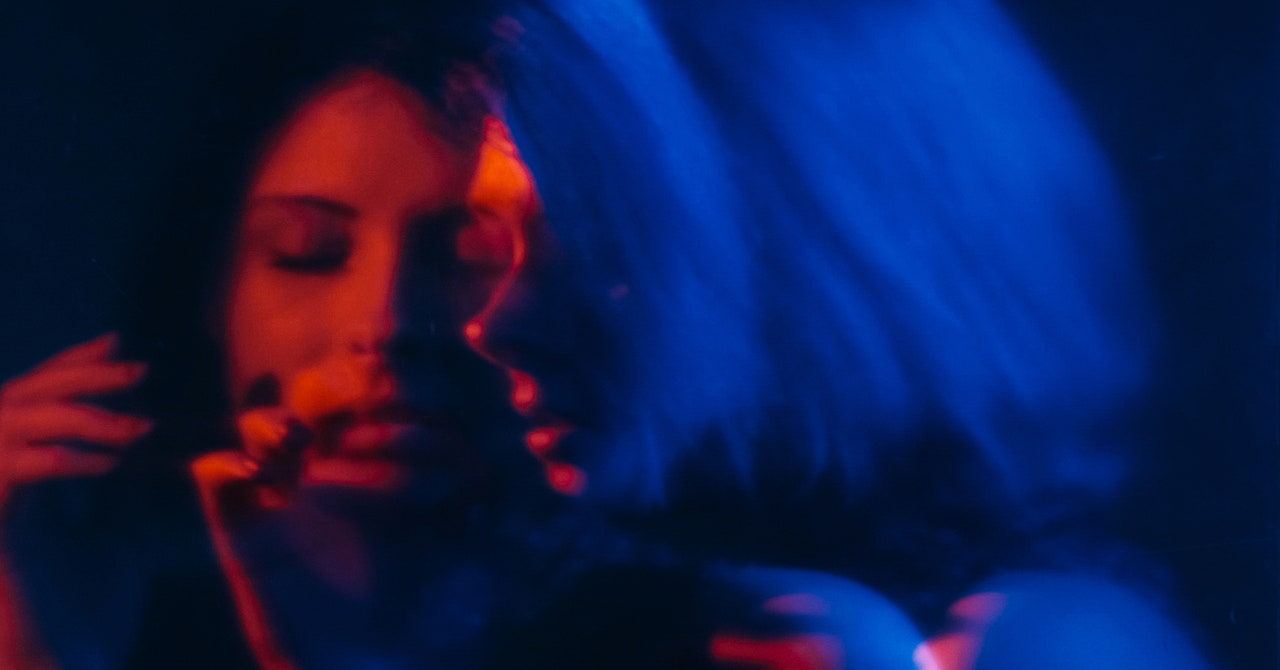My friend Jack suffers from the most terrible migraines. But he has an unusual solution. When his migraine starts, he lays down and gently straps a vibrator to the top of his forehead. He swears that it offers instant relief from the pain.
Though unconventional, Jack’s idea has historic roots. In 1892, neurologist Jean-Martin Charcot observed that Parkinson’s patients showed improvements in their tremors after prolonged carriage rides. He attributed this to rhythmic vibrations and fashioned a “fauteuil trepidant”—a shaking chair, which replicated the movement. His student, Georges Gilles de la Tourette, later extended the technique to treat migraines using a vibrating helmet. Both therapies provided “a powerful sedative for the nervous system,” wrote Charcot.
Though these early inventions fell out of favor, recent studies are revisiting the potential of vibration therapy for treating migraines, and are starting to reveal why vibration might be the breakthrough migraine sufferers have been seeking. “Some of the people using vibration as a therapy for migraine are experiencing huge benefits, it’s very exciting to see,” says Tie-Quang Li at the Karolinska Institute in Stockholm, Sweden, who has investigated the effects of vibration on migraines.
Despite migraines affecting an estimated 1 billion people worldwide, we know very little about how they are caused or how to treat them. Migraines usually begin with an aura—visual disturbances such as flashing lights or shimmering spots—followed by pain, blurred vision, nausea, and sensitivity to light.
While the exact causes of migraine remain unclear, focus has shifted from early theories that blamed dilated blood vessels to the role of the hypothalamus, a brain structure that is involved with pain messages, and inflammation of the meninges, the three layers of tissue that protect the brain and spinal cord. Current migraine drugs constrict blood vessels or block receptors in the pain network, but they don’t work for everyone and can cause side effects.
This has led many to explore alternative remedies, such as vibration therapy. Online forums are full of similar anecdotes to Jack’s. “I massaged my neck with a vibrator, and it completely removed the migraine pain I had been suffering with for years,” wrote one Reddit user.
While some research posits that vibration simply distracts from the pain, recent evidence suggests more is going on. In the first trial of its kind, Jan-Erik Juto and Rolf Hallin at the Karolinska Institute inserted a catheter with a vibrating balloon into the nostril of migraine sufferers at the start of an attack. The volunteers recorded their migraine pain before, during, and after the 15-minute treatment.
The small pilot study showed promise: 17 out of 18 people reported at least 50 percent pain relief, compared with three of 17 people who received a placebo treatment. Moreover, half of the people who received the treatment were completely pain-free 15 minutes after it finished, compared with only two in the placebo group.
In the paper, Juto and Hallin speculate that nasal vibration targets a collection of nerve cells called the sphenopalatine ganglion, or SPG. Located just under the nasal membrane, the SPG is connected to the hypothalamus. During a migraine attack, the hypothalamus is thought to lose control over a collection of structures in the brain called the limbic system, which affects how a person responds to pain. By stimulating the SPG and indirectly the hypothalamus, vibration may help restore control.

